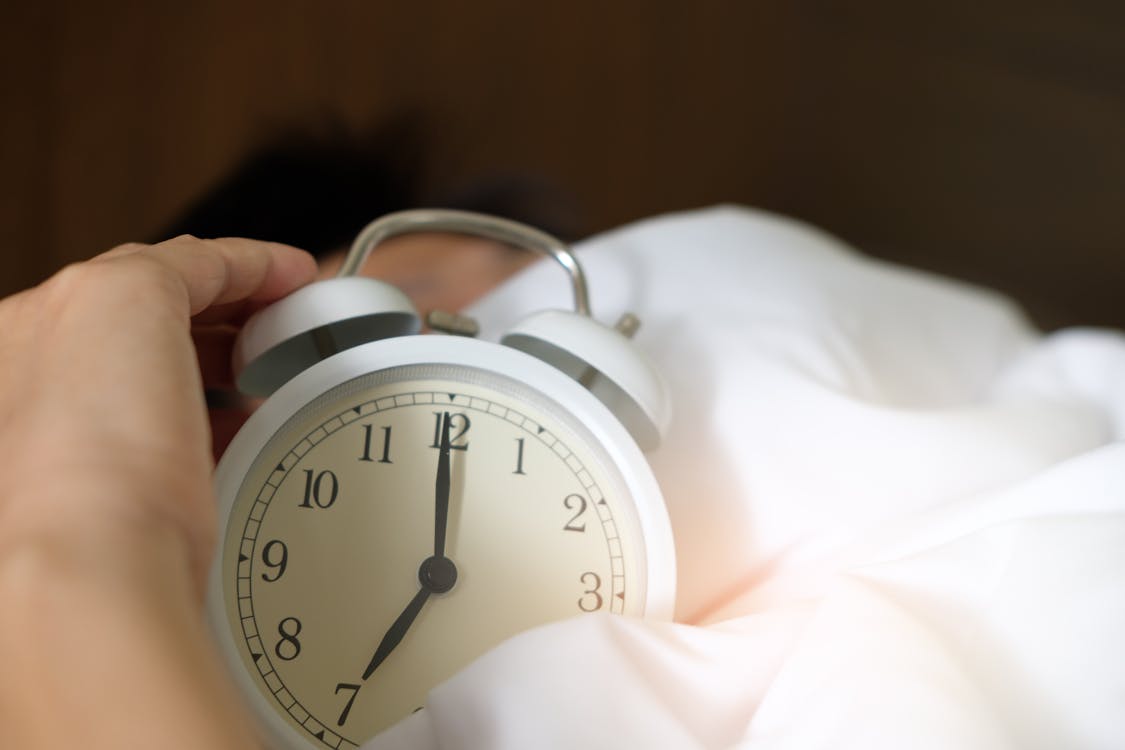Sleep Apnea Machine: Latest Innovations Improve Sleep Quality
Sleep apnea is a serious sleep disorder that affects millions of people worldwide. It causes breathing interruptions during sleep, leading to poor rest and potential health issues.
Sleep apnea machines are medical devices designed to help people with this condition breathe more easily at night.
These machines work by delivering a steady stream of air pressure to keep the airways open. They come in different types, with continuous positive airway pressure (CPAP) being the most common.
Many people find relief and improved sleep quality using these devices.
While sleep apnea machines can be very effective, they do require some adjustment.
Users need to get used to wearing a mask and sleeping with the machine. Regular cleaning and maintenance are also important for the device to work properly.
Key Takeaways
- Sleep apnea machines help keep airways open during sleep
- CPAP is the most common type of sleep apnea machine
- Regular use and proper care are key for effective treatment
Understanding Sleep Apnea
Sleep apnea is a common sleep disorder that causes breathing pauses during sleep. It can affect people of all ages and lead to serious health problems if left untreated.
Types of Sleep Apnea
There are three main types of sleep apnea:
-
Obstructive Sleep Apnea (OSA): This is the most common type. It happens when throat muscles relax and block the airway.
-
Central Sleep Apnea (CSA): In this type, the brain doesn't send proper signals to the muscles that control breathing.
-
Complex Sleep Apnea: This is a mix of both OSA and CSA.
OSA is more common in people who are overweight or have large tonsils. CSA often occurs in people with heart problems or those who use certain medicines.
Symptoms and Diagnosis
Common signs of sleep apnea include:
- Loud snoring
- Gasping for air during sleep
- Daytime sleepiness
- Morning headaches
- Difficulty concentrating
Doctors use sleep studies to diagnose sleep apnea. These tests track breathing patterns, heart rate, and oxygen levels during sleep.
At-home sleep tests are available, but overnight tests in a sleep lab give more detailed results. A doctor may also check the patient's throat and nose for blockages.
Effects on Health and Wellbeing
Sleep apnea can have serious impacts on health if not treated. It can lead to:
- High blood pressure
- Heart disease
- Stroke
- Type 2 diabetes
- Depression
People with sleep apnea often feel tired during the day. This can affect work performance and increase the risk of accidents.
Treatment can greatly improve quality of life. It can reduce daytime sleepiness and improve mood. Proper sleep also helps the body heal and stay healthy.
Many people report feeling more energetic and focused after starting treatment. This can lead to better work performance and improved relationships.
Sleep Apnea Machines
Sleep apnea machines help people breathe better while sleeping. These devices come in different types and need to be chosen carefully. Proper setup and use are key for getting the most benefit.
Types of Sleep Apnea Machines
CPAP (Continuous Positive Airway Pressure) machines are the most common. They deliver a steady stream of air to keep airways open.
BiPAP (Bi-level Positive Airway Pressure) machines use two pressure levels - one for inhaling and a lower one for exhaling.
APAP (Automatic Positive Airway Pressure) devices adjust air pressure automatically based on the user's needs.
Travel CPAP machines are smaller and more portable for use away from home.
Choosing the Right Machine
A sleep study helps doctors determine which machine type fits best. They look at the severity of sleep apnea and breathing patterns.
Noise level matters for light sleepers or those with bed partners. Some machines are quieter than others.
Size and portability are important for frequent travelers. Battery life is key for camping or areas with unreliable power.
Mask compatibility is crucial. Different machines work with various mask types.
Setting Up and Using Your Machine
Read the manual carefully before setup. Clean all parts regularly to prevent germs.
Place the machine on a stable surface near the bed. Make sure the hose can reach comfortably.
Adjust straps for a snug, leak-free mask fit. This helps the machine work better.
Start with low pressure settings and increase slowly if needed. This helps you get used to the airflow.
Use the machine every night for best results. It may take time to adjust, but stick with it.
Treatment Compliance and Management
Using a sleep apnea machine regularly and taking proper care of it are key for getting the most benefit. Patients need to monitor how well their treatment is working and keep their equipment clean.
Monitoring Treatment Effectiveness
Sleep apnea patients should track their symptoms and sleep quality. Many machines have apps or software to log usage and effectiveness data. This info helps doctors adjust settings if needed.
Patients can keep a sleep diary to note snoring, daytime tiredness, and mood. Regular checkups let doctors review progress and address any issues. Some devices measure things like breathing patterns and oxygen levels during sleep.
If symptoms don't improve, patients should talk to their doctor. The treatment plan may need changes to work better.
Maintenance and Hygiene
Clean equipment works better and lasts longer.
Patients should wash mask parts daily with mild soap and warm water.
The tubing needs weekly cleaning.
Replace filters as directed, usually monthly.
Get new masks and tubing every 3-6 months.
Wipe down the main unit weekly with a damp cloth.
Use distilled water in humidifiers to prevent mineral buildup.
Empty and dry the water chamber daily.
Deep clean it weekly.
Proper care reduces germs and allergies.
It also helps the machine run smoothly.
Good maintenance leads to more effective treatment.



Comments
Post a Comment